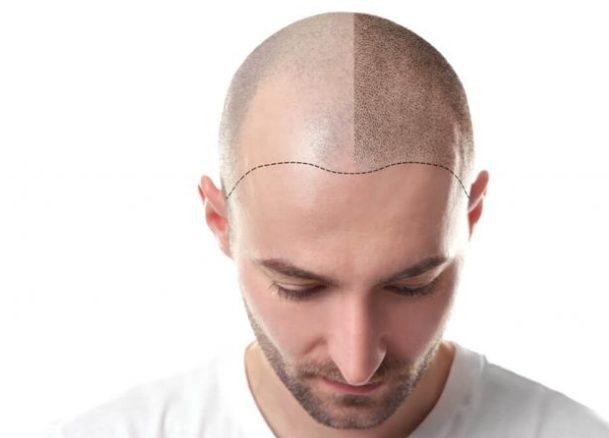Everything about hair transplant
Hair transplantation is a surgical procedure used to treat hair loss and implant new hair in areas with hair deficiency, such as the scalp and eyebrow region. This procedure is primarily used to treat men with genetic hair loss or hair weakness resulting from injuries in areas like the crown of the head or the beard area.
:Below are explanations about the main stages of hair transplantation
Consultation: In this stage, you have a consultation with a specialized physician. The doctor will explain the type of hair transplantation method, the number of required hairs, predicted results, and costs.
Hair Harvesting: In this stage, healthy hairs are harvested from suitable donor areas (such as the back of the head). Two common methods for hair harvesting are:
FUE (Follicular Unit Extraction): In this method, individual hairs are extracted and can be divided into smaller grafts for transplantation.
FUT (Follicular Unit Transplantation): In this method, a strip of healthy hair is harvested, which is then divided into smaller grafts.
Hairline Design: In this stage, the physician designs the hairline where the new hairs will be placed. The hairline should be compatible with the natural direction and slope of your existing hairs.
Hair Transplantation: In this stage, the harvested hairs or divided grafts are implanted into the target area. The hairs are placed precisely, considering the angle of natural hair growth.
Postoperative Care: After hair transplantation, you will receive instructions for home care and medications to reduce inflammation and accelerate healing. Following these instructions and taking care of the transplanted area is crucial to maintain successful results.
In terms of factors that can lead to unsuccessful hair transplantation, here are some considerations
Overall Health Condition: The general health condition of an individual can significantly impact the success of hair transplantation. Certain illnesses, medications, infections, skin disorders, and other issues may affect the recovery process after hair transplantation.
Nutritional Deficiencies: Successful hair transplantation requires adequate nutritional resources. If an individual lacks essential nutrients for hair growth, such as protein, iron, zinc, and vitamins, it may affect the growth of transplanted hairs.
Infection and Inflammation: Infection and inflammation in the transplantation area can hinder hair growth and recovery. Proper hygiene practices and postoperative care can help prevent infection and inflammation.
Inadequate Recipient Areas: The recipient areas where hairs are transplanted should have healthy tissue and sufficient blood supply. If the recipient area has compromised tissue or inadequate blood supply, the growth of transplanted hairs may be affected.
Errors in the Transplantation Process: Unsuccessful hair transplantation can occur due to technical errors in the process, such as errors in designing the hairline, harvesting the hairs, transplanting the grafts, or using incorrect techniques.
Psychological Factors: Psychological factors like stress and anxiety can also have an impact and may affect the surgical performance and recovery after hair transplantation.
It is important to consult with a specialized physician before making a decision about hair transplantation.


